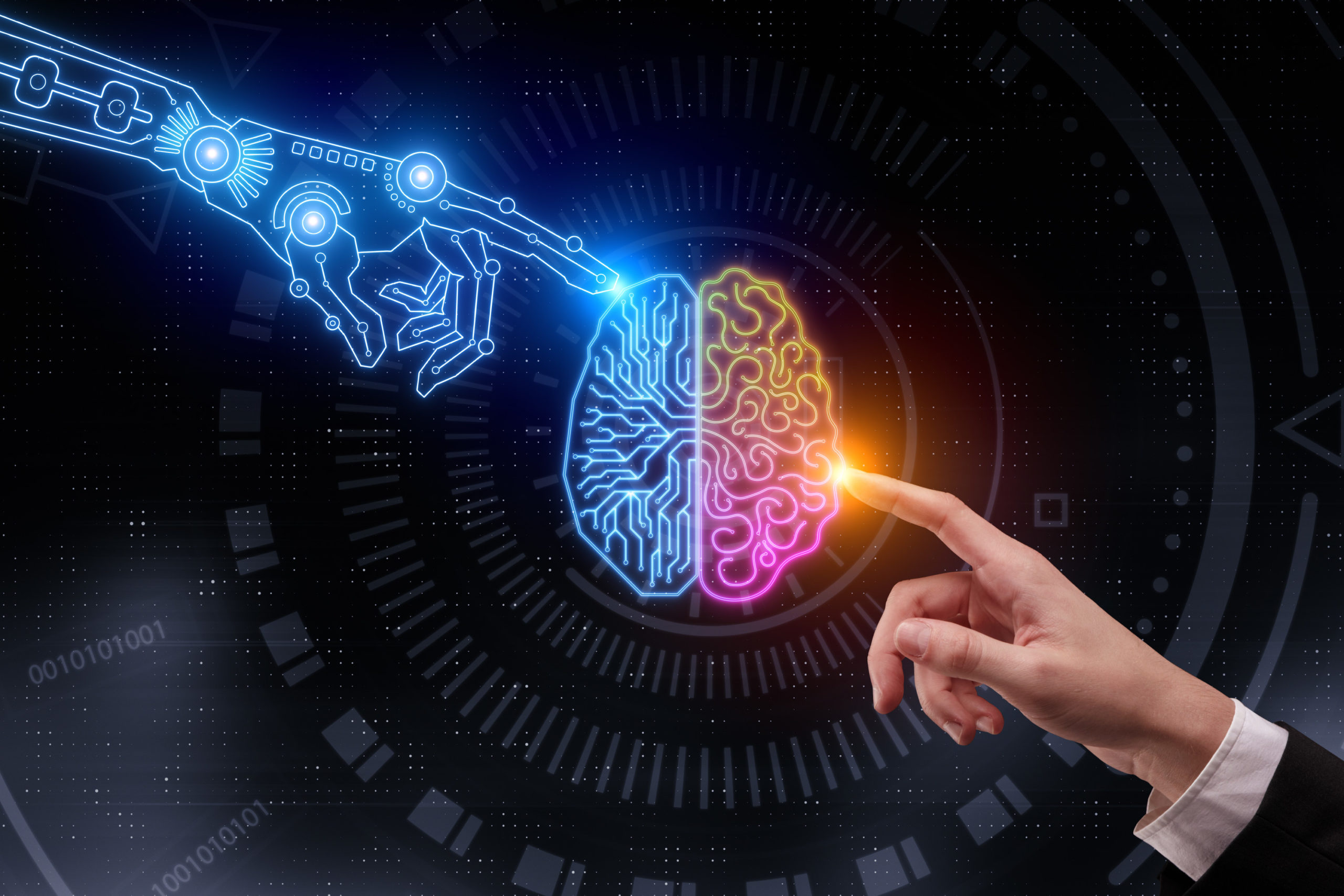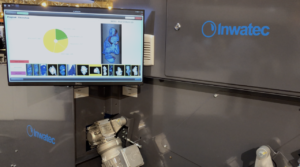
By Scott Paton
Since the dawn of civilization, mankind has endeavored to make the process of laundering linens and garments easier, faster and more efficient. The employment of natural detergents and washing powders date back to at least 2800 B.C., and the invention of the washing machine –hand-operated, of course—is credited to Jacob Christian Schäffer in 1767. The first electric washer was plugged in exactly 100 years ago in 1920. But it was in 1930 that the machines entered the modern era of automation when thermostats and timers were included in new models. And from the 1980s forward, the advancements in technology resulted in increasingly “smart” washing machines, with sensors enabling them to adjust for factors of weight, water levels and energy consumption.
Today, innovations in “Artificial Intelligence” (“AI”) have propelled automation in the Laundry Industry to remarkable new levels of operation—advancements that will surely change the professional landscape as dramatically as that first electric washing machine 100 years ago. Perhaps more so.
In Part One of our article on AI in the laundry chain, we spoke with David Netusil, Manager of Sales Support & Marketing for JENSEN USA and Christina Solbach-Schmidt, Marketing Manager for Inwatec, The JENSEN GROUP’s partner in the innovation and manufacturing of automated systems. That conversation resumes here, but first, we asked David to clarify where the line is drawn between AI and automation, and where it intersects.
David Netusil: We’ve had automation in laundries for decades. Automation is simply the placement of machinery to perform a repetitive human task that requires no visual perception or decision-making process, for example: manually feeding a flatwork ironer versus the use of an automated spreader/feeder.
AI, on the other hand, enables equipment to perform repetitive human tasks that do require visual perception or a discretionary process, e.g., the use of a linen scanning system which employs high-speed, hi-res cameras to perform a visual quality inspection of a piece of linen, looking for stains, tears, or imperfections. The system can be taught what each of these are and decide what is acceptable based upon the customer’s requirements.
Once the system has analyzed the data (which only takes milliseconds), it decides how that piece will be handled—whether it is acceptable or whether it is a reject. Without a scanning system, a human at the feed-end of the ironer is required to visually inspect the item and decide whether to accept or reject that piece. Problem is, each human can have a different opinion of what’s acceptable and what’s not. A scanning system is taught the acceptable parameters, removing the human opinion/intervention.
 Laundry Ledger: How do robotics, pickers, etc., fit into the realm of automation or AI?
Laundry Ledger: How do robotics, pickers, etc., fit into the realm of automation or AI?
DN: Yes, separators/pickers are considered robotics, which is also the placement of machinery to perform a repetitive human task. The difference in robotics and automation is that robotics can perform their tasks without human intervention. The machine can automatically receive its goods from a rail system without a human having to load it. A spreader/feeder, as I mentioned, requires a human to provide its product, however, given the rapidly developing innovations in this realm, this very well could change in the near future.
LL: It does seem like the line between automation and AI is starting to blur.
DN: Well, as of now, linen scanning is the only area aside from the soil system recognition that we discussed (see Part One) that truly utilizes AI. However, as AI advances, I feel confident its use will expand.
LL: Across countless industries, “automation” is often a dreaded word that strikes fear in the hearts of workers performing manual tasks, so it begs the question: “When a laundry converts to an AI-based automated system, what impact will it have on its employees? Will a significant percentage of the workforce be eliminated?”
Christina Solbach-Schmidt: Automation, of course, has been transforming most businesses in the manufacturing trade for over a century, and it does have an impact on those individuals performing manual labor in a processing capacity. But in many cases, some of those workers can be transferred to other positions within their companies…
DN: …or trained in the servicing and management of the new automated systems. There will probably be fewer people, but with a higher skill level. This truly is the dawn of an amazing transformation of the laundry industry. And it coincides with sweeping increases in minimum wages as well as fewer qualified or willing individuals in the general workforce.
LL: Given all the aforementioned variables, how does a laundry determine if a transition to automation is cost-effective?
DN: Typically, we see companies considering the human element –the safety of their employees—first and foremost. As it should be. And the projections for return on investment are all unquestionable over time. This is not the cheapest investment they will ever make, but it’s the wisest.
LL: This type of conversion would seem to be the province of the biggest firms with the deepest pockets. Is automation within reach of the small-to-medium enterprise?
CS-S: Absolutely! I like to say that we are using the “building block” concept. Our AI/automated systems are modular in design. A company can start small and seamlessly add components as they desire. And because the artificial intelligence, of course, is computer-based, custom updates can be programmed into any system as needed. For example, if a laundry that worked exclusively in the hospitality field acquired a healthcare client, new programming can be downloaded to accommodate this.
DN: As a matter of fact, the accuracy of automated sorting has empowered our clients to make incredible inroads in the processing of rental garments and uniforms. Previously, these products required meticulous hand sorting and assessment.
LL: So, what does the future look like? When will the fully-automated laundry facility be the norm?
CS-S: Some degree of “human touch” will always be necessary, but at the rate that we are developing new innovations in the AI component of automation and robotics, it’s not hard to envision that in the not-too-distant future, laundries will largely be self-operational.
LL: With perhaps just day and night supervisors –“watchmen”—on site?
CS-S: Yes.
Laundry Ledger: And how quickly do you think these innovations will be embraced by the industry?
David Netusil: We introduced our initial products at the Clean show in 2019 and the interest and response was overwhelming. In the next five years, I think the adoption rate will be tremendous.
Christina Solbach-Schmidt: Even though it was introduced in the U.S. at Clean 2019, the system is nevertheless quite proven having already been operational for years in Europe and Asia. Of course, we are always striving for improvements in our design and implementation. Without question, this is the future. It will become the norm.
Read Stepping Into the Future, AI In Laundry Part I here
Photo credit Top right -©peshkova – Can Stock Photo Inc.
Photo credit Middle right -©ibreakstock – Can Stock Photo Inc















